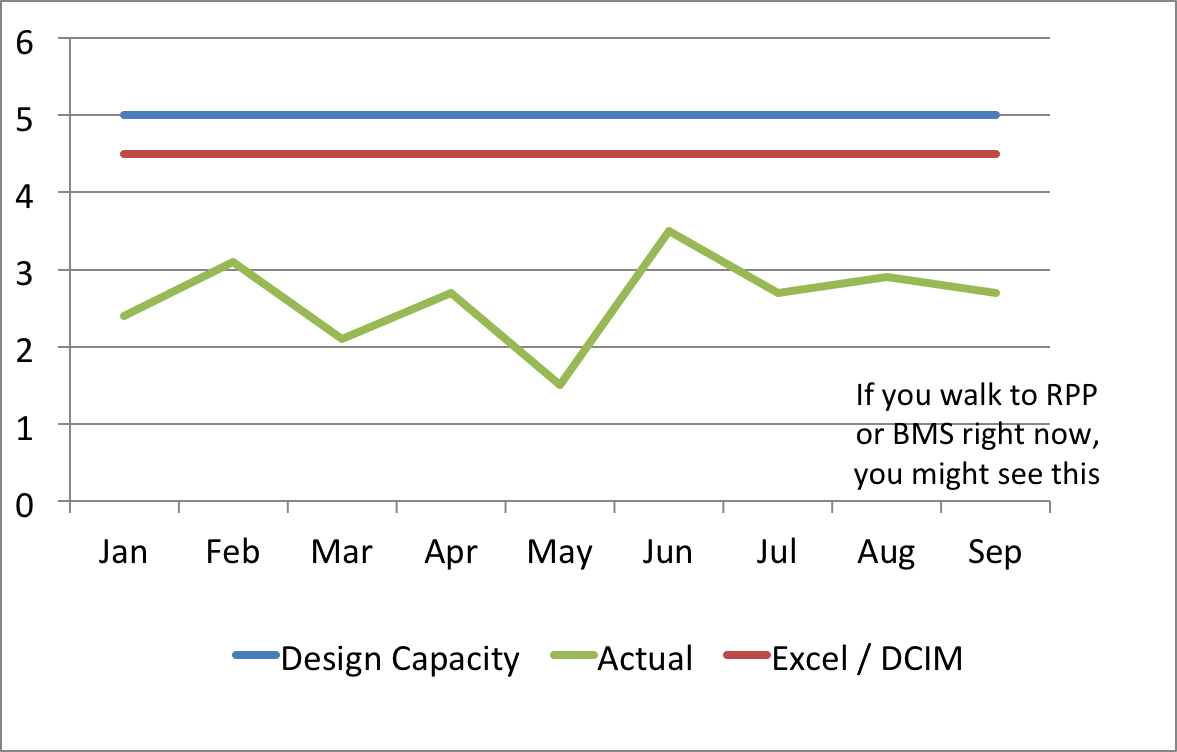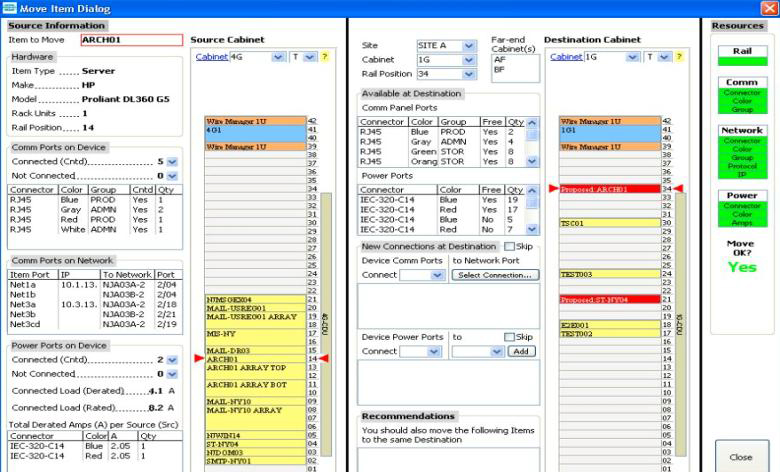Fat-free Data Centers
You can cut down waste significantly in data centers by identifying stranded capacity. There is far more available in typical data centers than we think
If you were to cut out the wastage from the data center, you would get a fat-free data center. But where does the fat exist? Finding that is the first step.
Here are some of the common areas that will come to your mind.
- Electrical system loss or inefficiencies that include AC/DC transformations, UPS inefficiencies and step-down transformations.
- Server hardware: There could be underutilized servers, ‘ghost’ servers that are consuming unnecessary power. There could also be outdated server hardware which are old generation and have less power and processing efficiencies.
- Inefficient cooling: Insufficient containment or hot-cold separation, insufficient air flow, inappropriate chiller or HVAC setup.
- Other factors such as lighting and unnecessary auxiliary power.
However, there is one area that not many people are paying attention to currently, that can actually overshadow the benefits gained by removing the inefficiencies described above. It’s the inability to identify stranded capacity and make use of it. So the greatest waste in a data center is stranded capacity.
Minimize Waste: Identify Stranded Capacity
If you were asked how close you are to reaching the maximum capacity in a specific cabinet, what would you do? Most data center managers would open up their spreadsheets or Visio, which commonly depicts one rack or row. This depiction usually captures some power values against the racks. Most data center managers enter this data by looking it up from online resources, or checking with their vendor. By adding up the power consumed by each rack, they get a derated value that they work with, which would be lower than the assigned kilowatts for it. Managers use this value to base their decision to add more servers to the rack or not.
You could be using the most efficient UPSs, variable speed fans, economizers, and you could have all the ways to bring down the PUE. But all this pales in comparison to the capital expenditure needed to get one cabinet up and running.
The truth is, that in typical data centers, a significant gap exists between the design capacity and the actual load. By actual load we don’t mean the value that data center managers assume by derating values as described above, but the true usage. This gap translates into huge capital expenditure wastage. It’s money that has already been invested, but is not being put to use.
This is not to say that data center operators or managers don’t plan their capacity usage. They do, and they do so by keeping a buffer. Even that buffer is planned to be below the design capacity. This means that there is a ‘known’ waste or buffer built in the planning. Effectively, this is wasteful planning which is based on incorrect data.
A way already exists for data center professionals to find out the power usage of a cabinet. They can go to the engineering room and look up the Building Management System (BMS)or the Remote Power Panel (RPP) which tells them the power consumption of a specific cabinet at the moment. But is that enough data for a manager to confidently add servers to the cabinet? Most managers will consider it risky to base their decision on a single reading of power consumption.
Now what if the manager could learn that ever since the cabinet has been deployed it has never crossed, say 3kW? That completely changes things for the manager. Here is data that is more reliable to base his decision on. His decision based on this wouldn’t entail risk.
So what happens when a business wants to have two more rows commissioned? The existing spreadsheets and BMSs are likely to show that there is no more capacity. So now it starts to look as if more capital expenditure is required.
The chart here shows how such situations usually look in typical data centers.

Why isn’t anyone looking for the stranded capacity in the data center? It’s because no one is incentivized to look for it. The Business department that requires servers to be commissioned is only interested in deploying the services as soon as possible. The Data Center Operations team is interested in enabling it while keeping OpEx low, and uptime high. The Facilities team is focused on ensuring 100 per cent availability of the plant. No one has the ownership to look for stranded capacity! So data center professionals now need to start the process to look for it.
The Way to Find Capacity
How does one go about identifying excess capacity? You first need to measure the existing conditions. Then you should be able to accurately represent it so it shows the usage in meaningful and insightful ways. With accurate data and representation, managers are far better placed to control future changes. Many data center infrastructure management solutions are available in the market that will help you do these very well.
The screenshot from one of Raritan’s products depicts how things get easier for data managers to find excess capacity.

On the right side, under Resources a manager can easily see the availability of power, network connections, connectors, and so on. So changes, adds and moves become a simple thing to do.
This translates into a far better way of using the capital expenditure that has already been invested. You don’t always need to pile on more fat to the data center as the answer to deploying new services or applications. Look for what already exists!